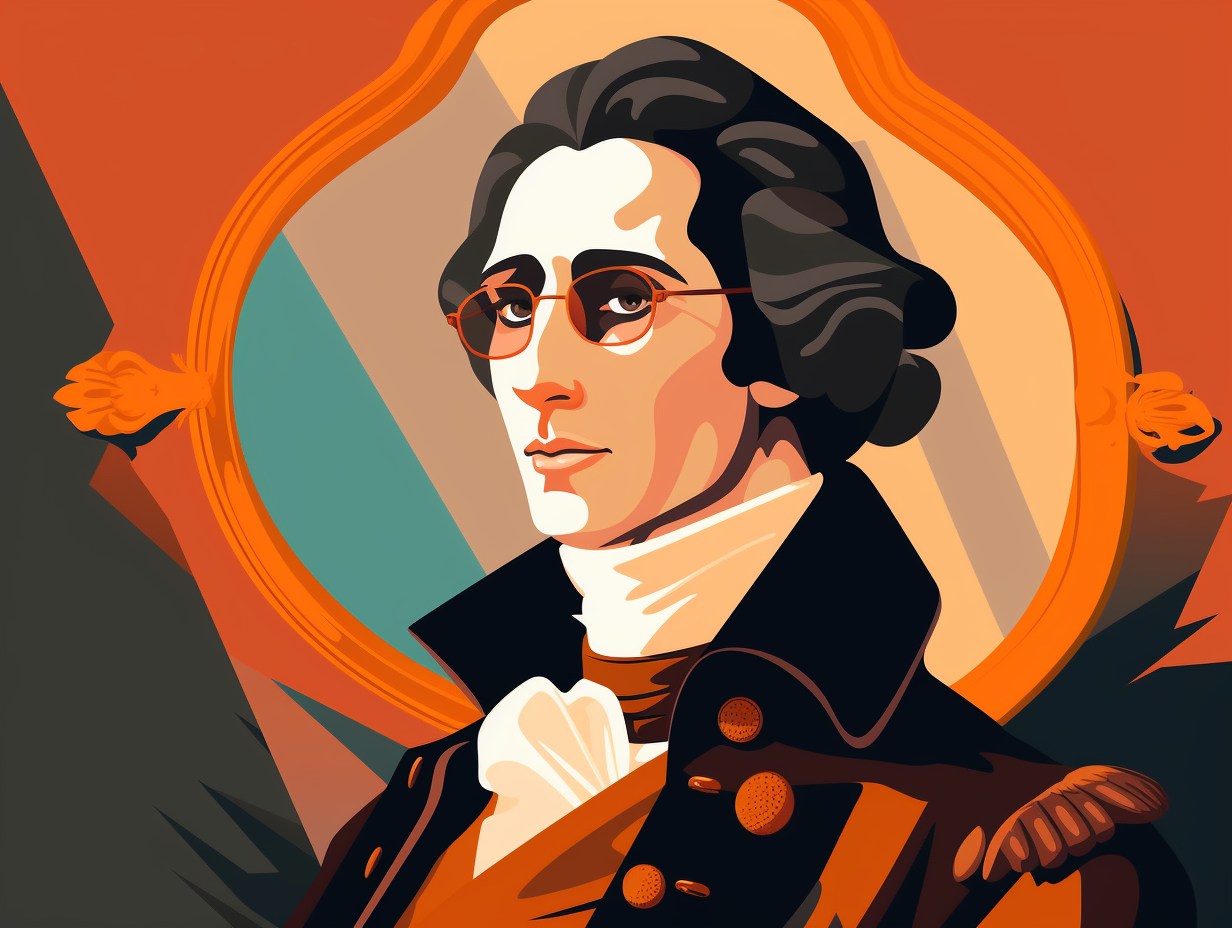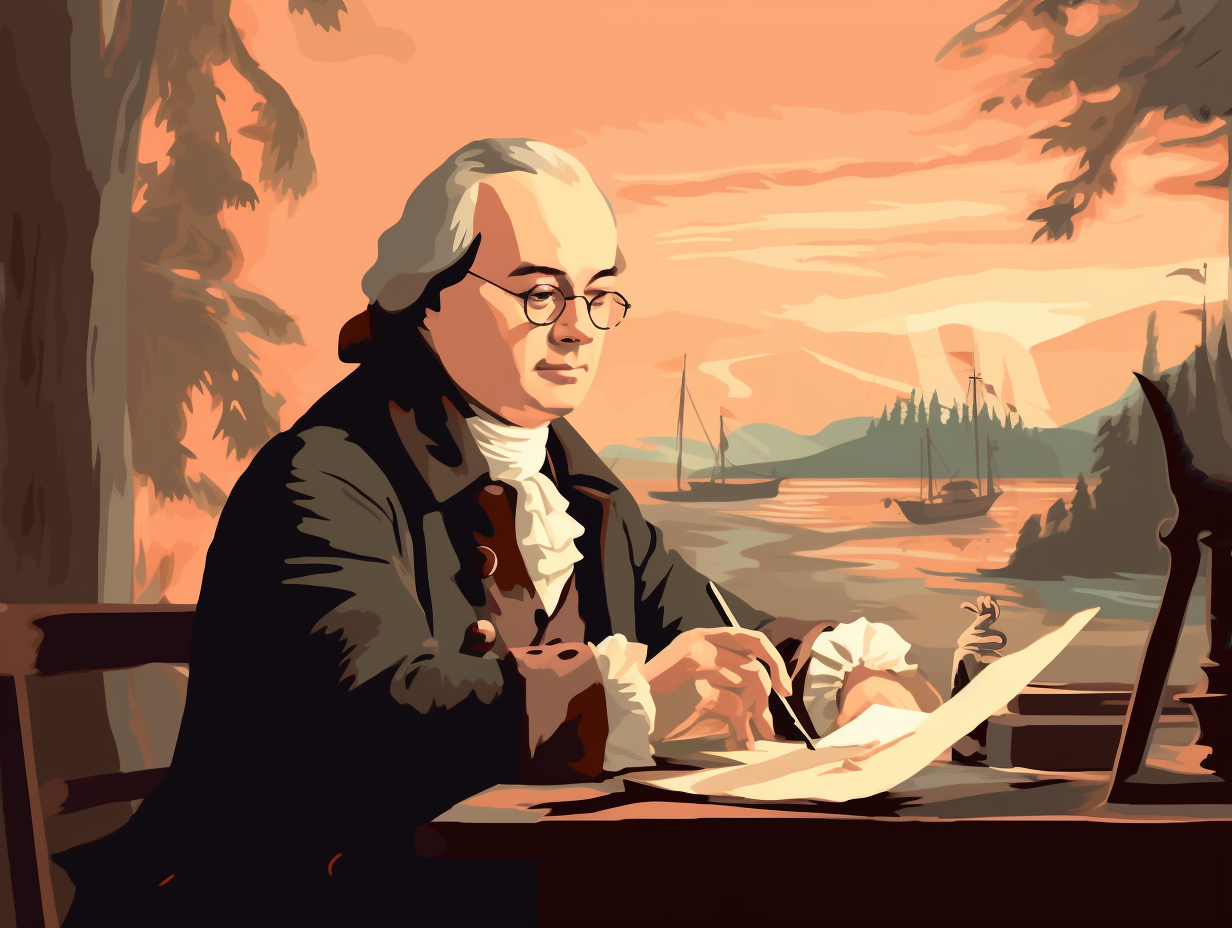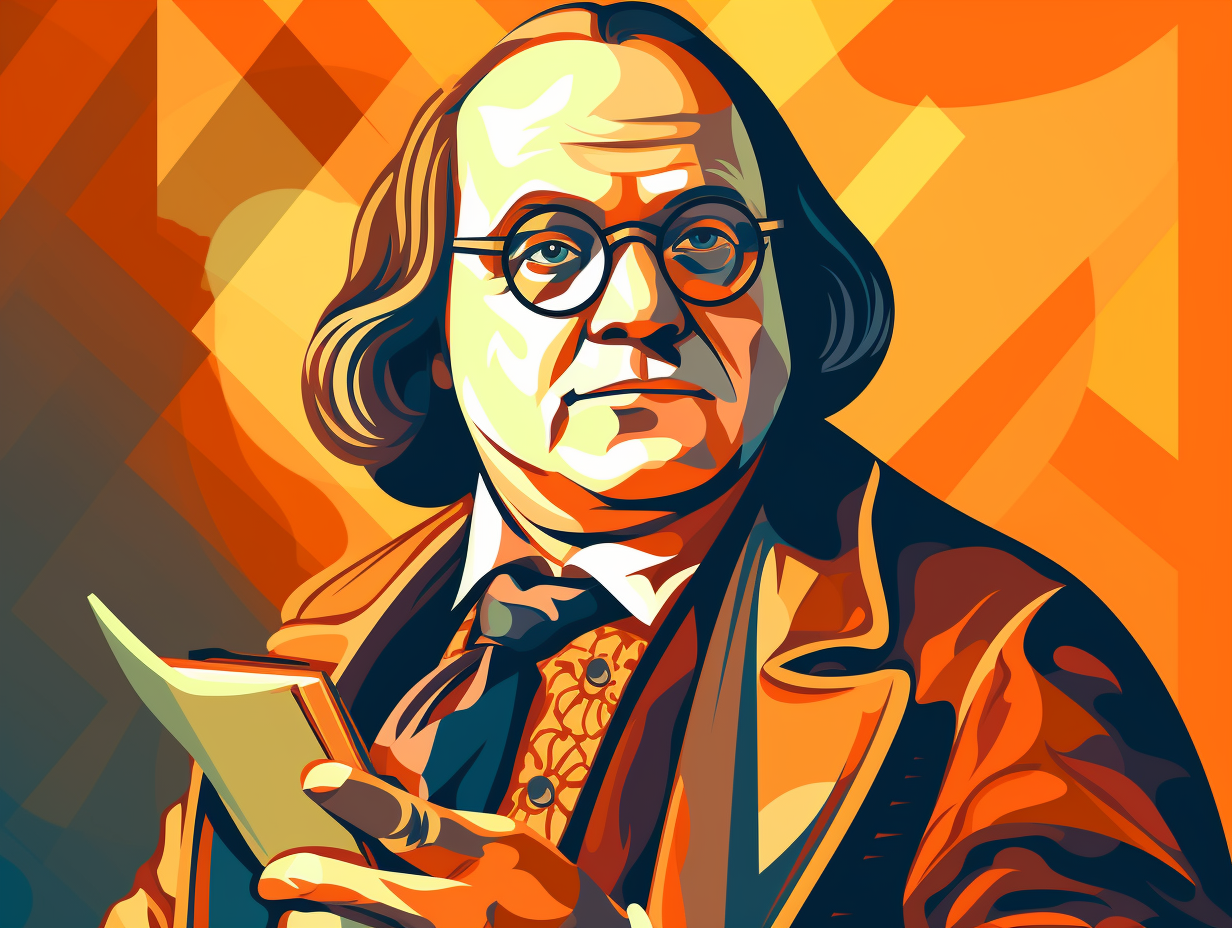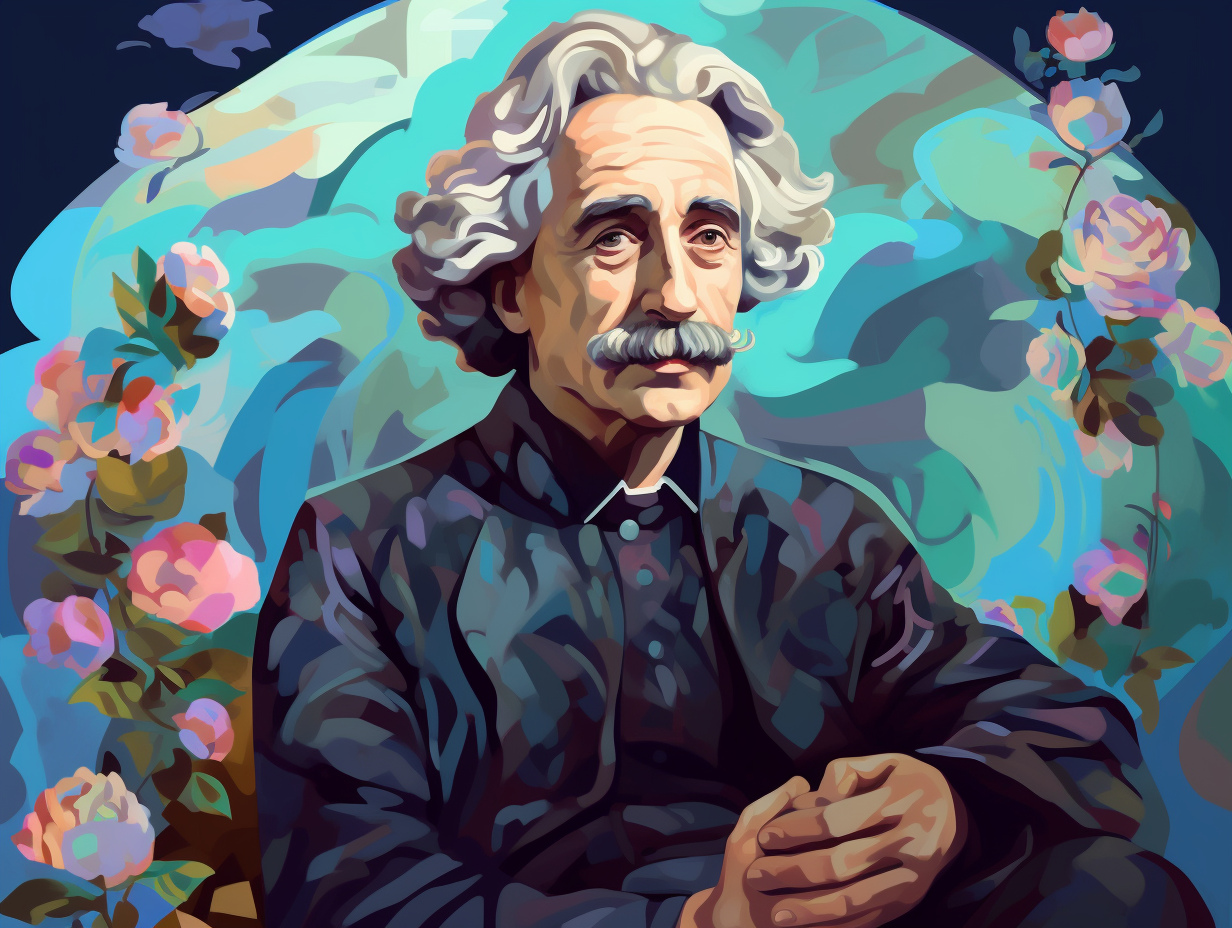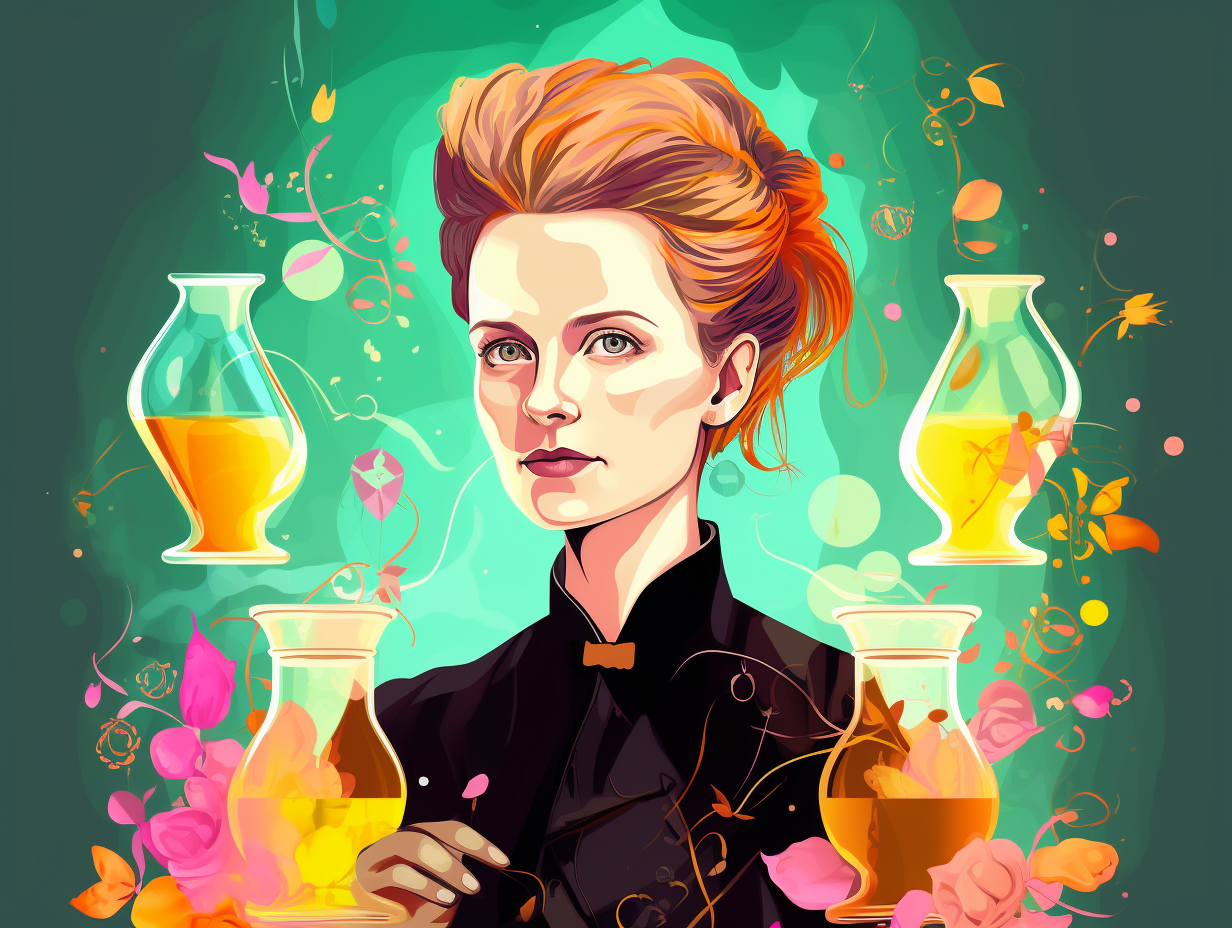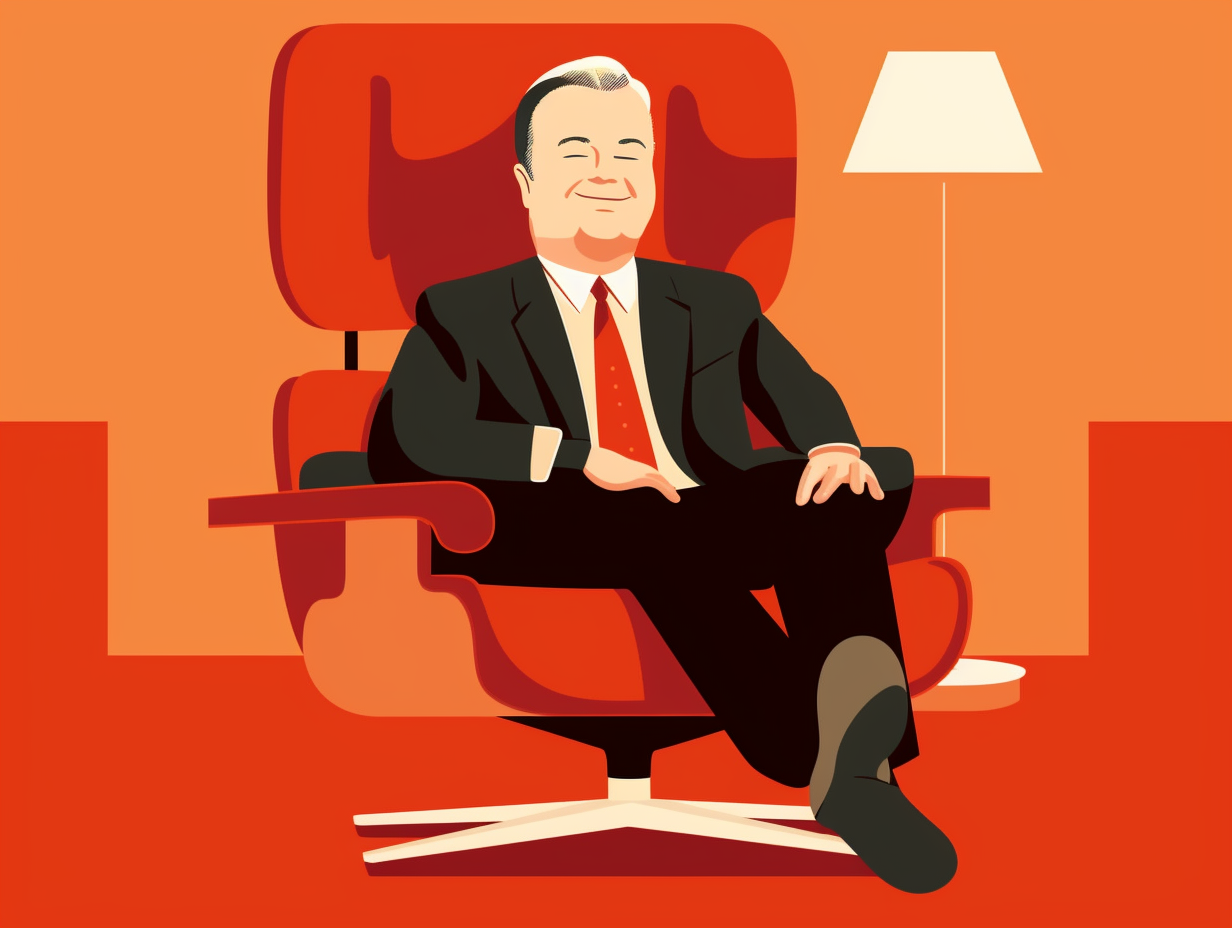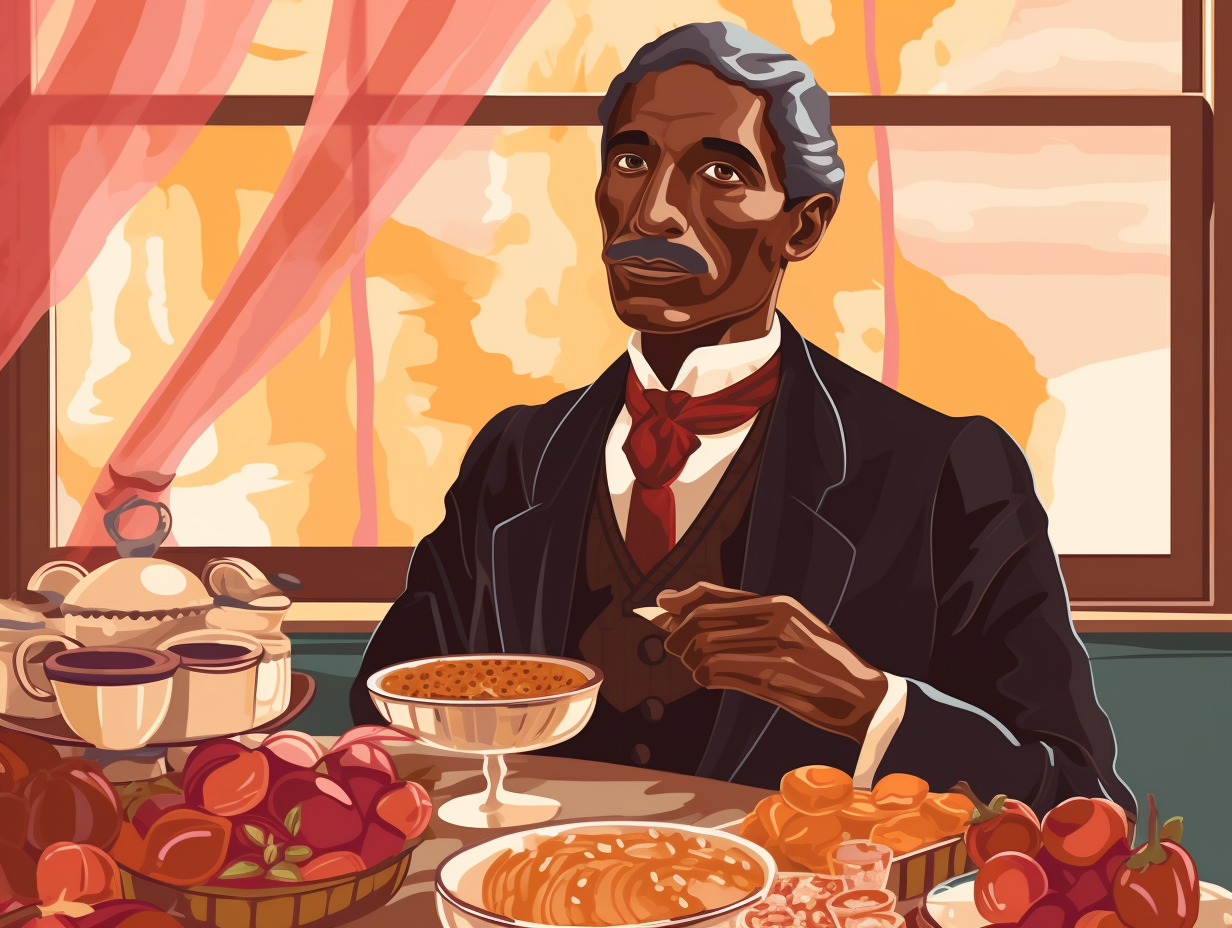Discover the Secrets of the Boy Pharaoh: Top 14 Fun and Fascinating Facts About King Tut
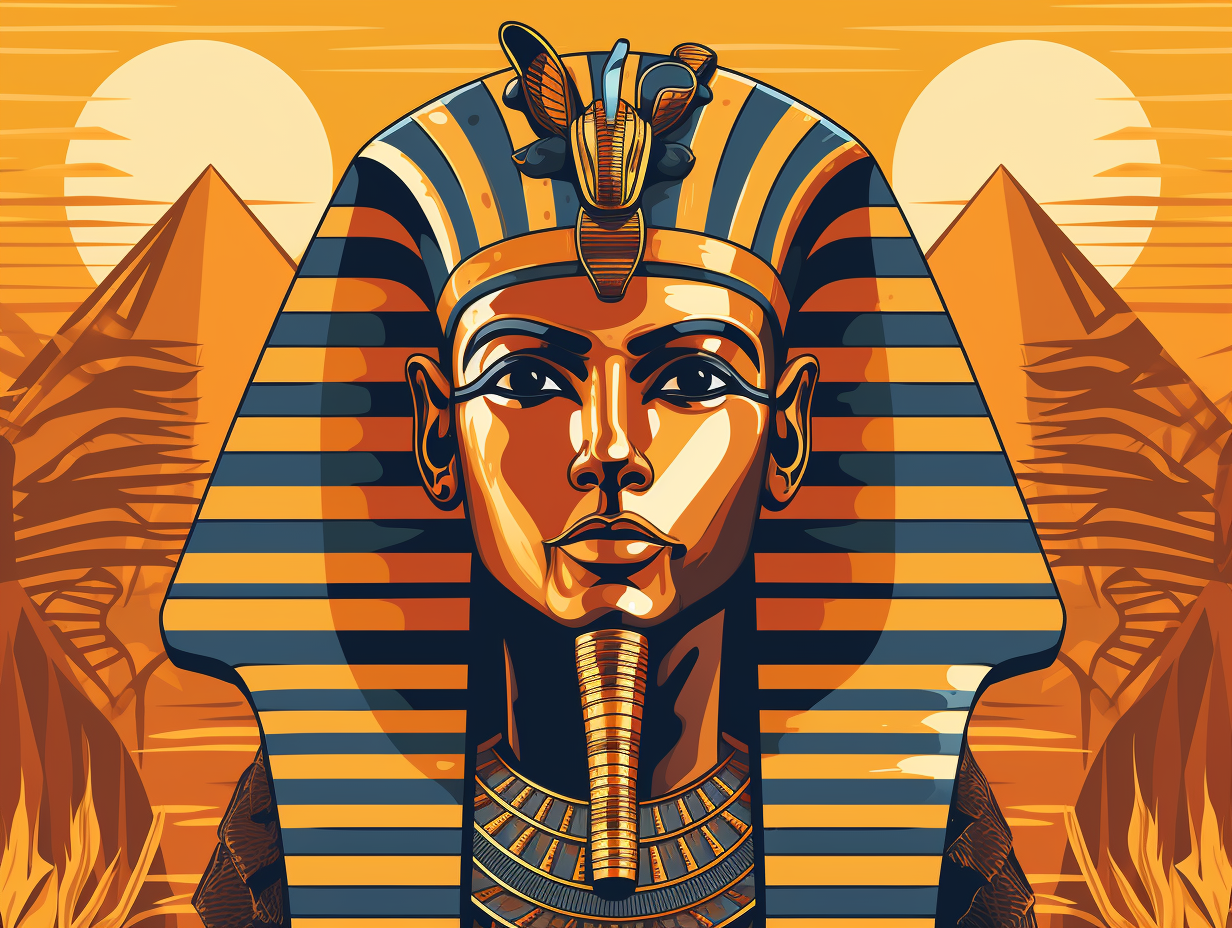
1. King Tut's Dental Hygiene
If King Tut had lived in today's world, he'd be the poster child for dental hygiene commercials: despite dying young, old Tutankhamun had shockingly good chompers with no cavities or missing teeth, according to CT scans of his skull! Yet, much like a modern teenager, Tut dealt with those awkward wisdom teeth—three were partially erupted and malaligned, and the fourth was impacted and unerupted. Plus, his royal highness even had an incomplete cleft palate.
Source => scielo.br
2. Hippo Attack Theory
Remember the phrase "hungry, hungry hippos?" Well, it turns out ancient Egypt had its very own version - and with quite the kingly twist: Some Egyptologists believe that King Tut might have met his end due to a tussle with a famished hippopotamus during a hunting excursion, as his heart and chest were missing during the embalming process.
Source => allthatsinteresting.com
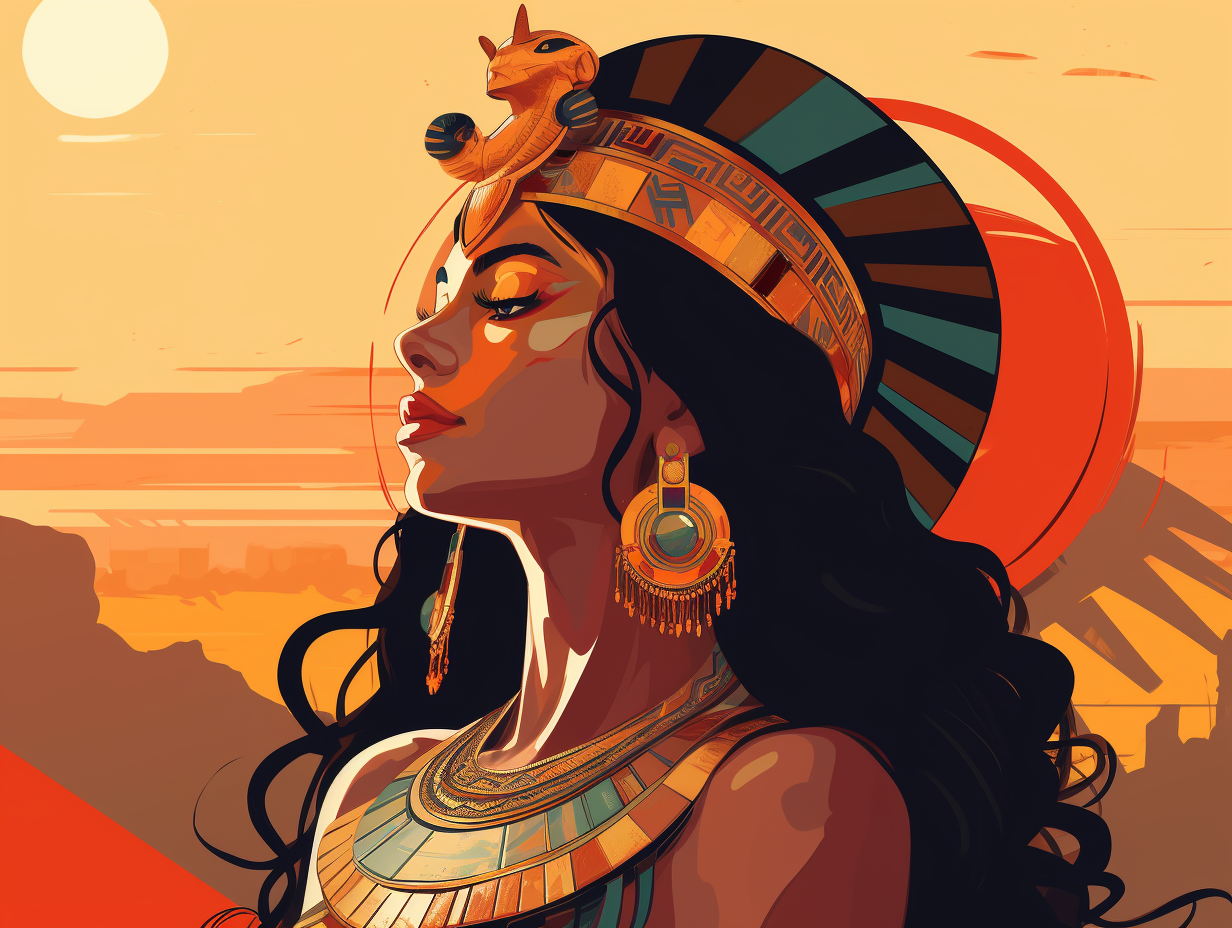
Did you know Cleopatra had royal pythons as pets and believed she was the goddess Isis? Discover her slithering secrets and more fun facts!
=> Fun Facts about Cleopatra
3. World's Oldest Trumpet
In a blast from the past that would even make Miles Davis jealous: King Tut's tomb contained the world's oldest known metal trumpet, which was played for over 150 million listeners during a 1939 radio broadcast, but is also eerily associated with two deadly conflicts: the Six-Day War and the Gulf War.
Source => classicfm.com
4. King Tut's Falconry Hobby
Who says a pharaoh can't be a fun guy? King Tut: part-time miracle child, full-time falconry fanatic! Seriously though: King Tutankhamun's tomb housed a treasure trove of hunting gear, such as bows, arrows, and spears, along with ivory and ebony boxes likely containing falconry equipment – a clear indication of his penchant for hunting birds of prey.
Source => egypttoday.com
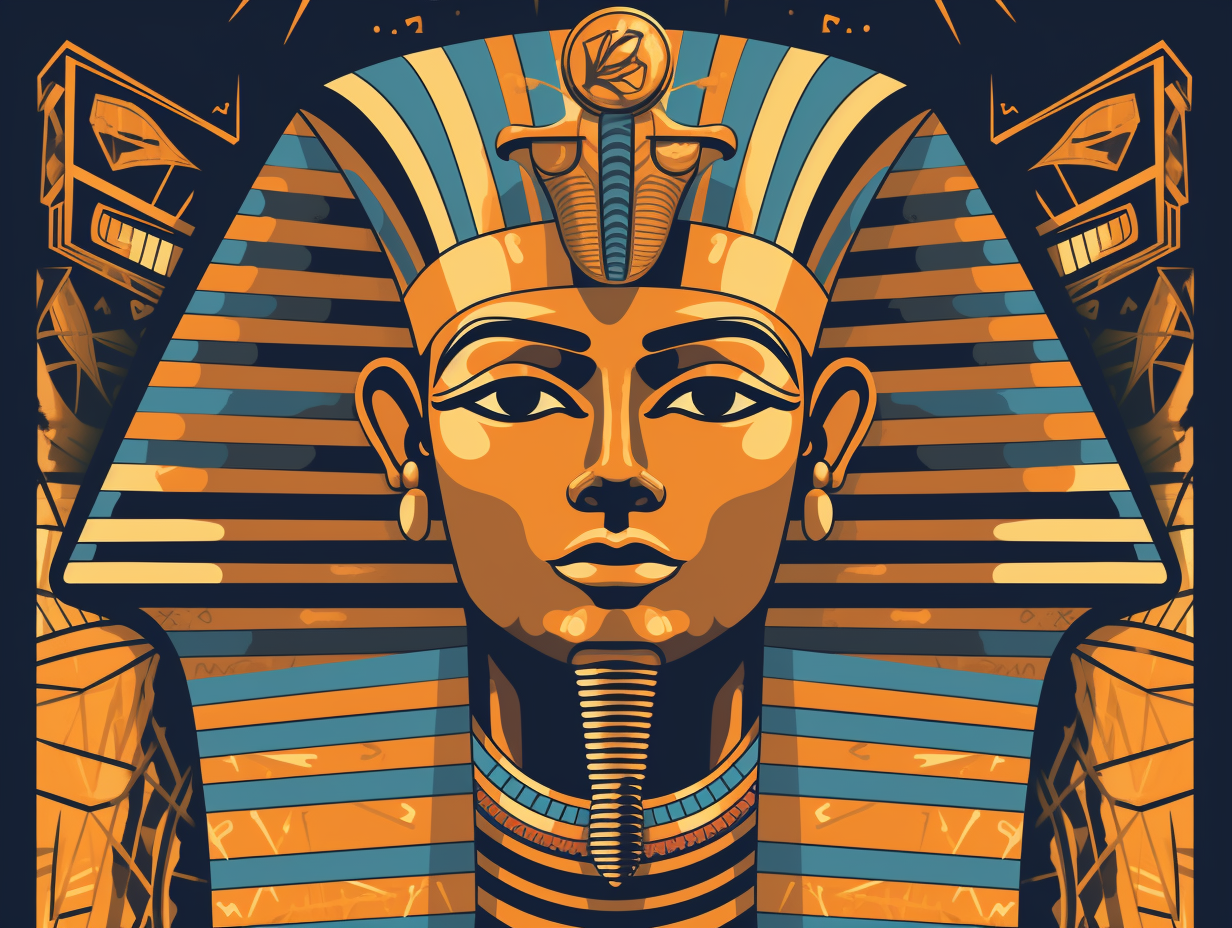
5. Twisted Royal Family Tree
Talk about a royally twisted family tree: King Tut might have had an actual clubfoot due to his parents being brother and sister, and this close-knit marrying habit could have also doomed his attempts at fatherhood with his probable half-sister queen.
Source => nationalgeographic.com
6. King Tut's Clubfoot
Talk about keeping it in the family: King Tut's parents were likely full siblings, resulting in a royal cocktail of health issues for the young pharaoh, including a clubfoot!
Source => allthatsinteresting.com
7. Bugged-out Scarab Pendant
While it may sound like ancient Egyptian bling worthy of a hip-hop artist, King Tut's favorite accessory was more bugged-out than iced-out: Discovered in his tomb was a sun scarab pendant, intricately designed featuring a dung beetle adorned with lapis lazuli and wrapped in gold, symbolizing the sun god Ra and the rising sun in their culture.
Source => thetravel.com
8. Afterlife Sneaker Collection
Forget shoe-icide, King Tut was all about shoe-rvival with an afterlife sneaker collection that would make Imelda Marcos green with envy: Tutankhamun's tomb contained an astonishing 80 pairs of golden sandals, birch bark flip-flops, and gemstone slip-ons, but a DNA test and CT scan revealed that he had a congenital foot deformity, which forced him to walk with a limp and use a cane; some of his shoes even had specially designed foot straps to help his hobble turn into a royal stride.
Source => ancient-origins.net
9. King Tut's Gilded Coffin
When King Tut wasn't busy practicing his Mummy Dearest impersonation with a flair for the theatrical and some killer gold accessories: his outermost gilded wood coffin, one of three, showcased him in the Osirian shape with silver handles for easy lifting. The coffin now resides at the Grand Egyptian Museum as it undergoes an eight-month restoration due to cracks in its gilded plaster layers.
Source => egymonuments.gov.eg
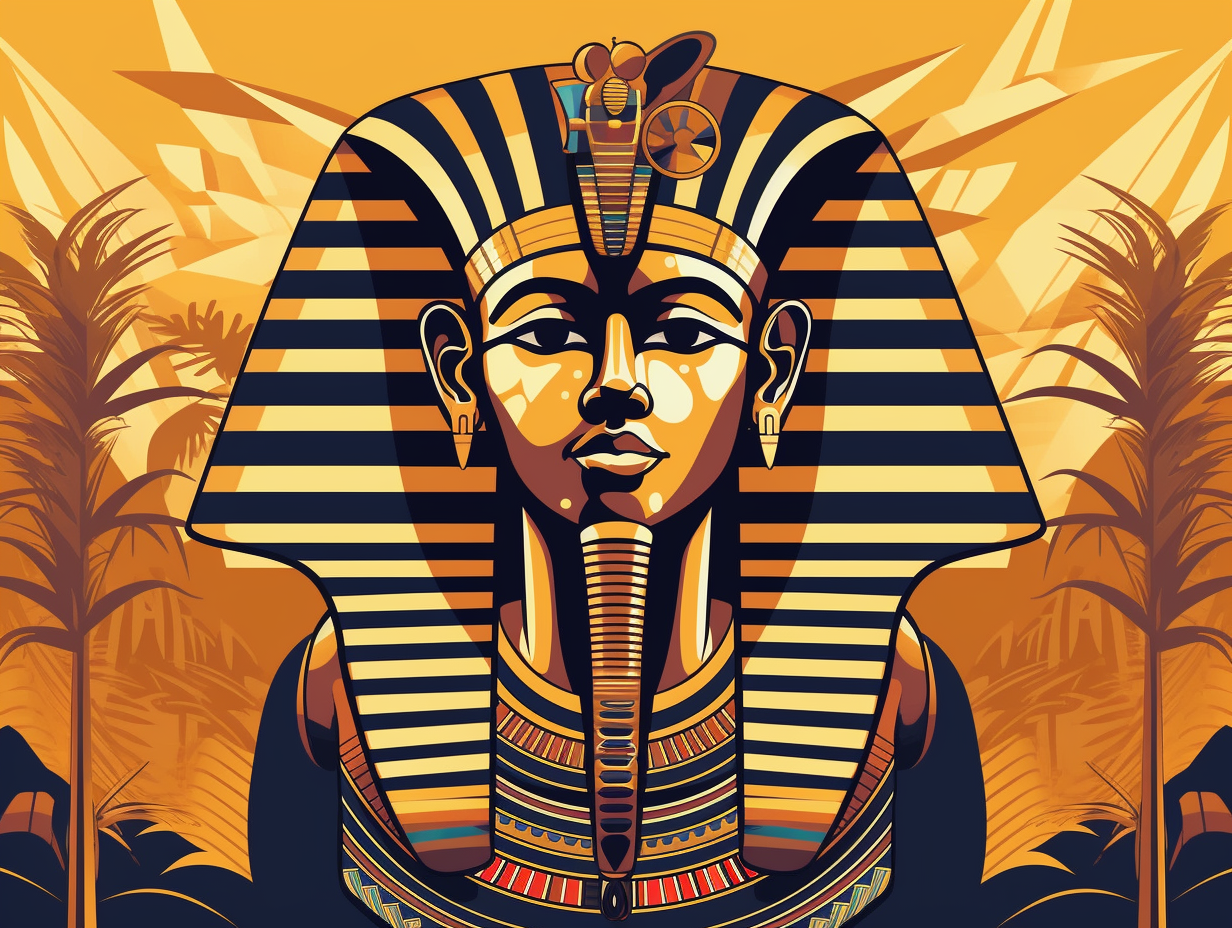
10. Royal Perfume Collection
Just when you thought your online shopping habits were luxurious, imagine importing a rare root all the way from the Himalayas for a king's personal perfume collection: King Tutankhamun's tomb contained a perfumed unguent with spikenard, a highly valued ingredient known for its relaxing and mystical properties, showcasing ancient Egypt's sophisticated trade routes and fascination with aromatic materials.
Source => touregypt.net
11. Religious Flip-flops & City-switching
King Tut's Egypt had more drama than a daytime soap opera, complete with religious flip-flops and city-switching shenanigans: His reign marked a significant shift as he returned the focus of worship to the god Amun and moved the religious center back to Thebes, after his father's devotion to Aten, the solar disc, had stolen the spotlight.
Source => smarthistory.org
12. King Tut's Jewelry Collection
Adorned with more bling than a modern-day hip-hop artist, King Tut was truly a fashion-forward monarch in those ancient times: He was laid to rest with over 104 pieces of jewelry, including an awe-inspiring necklace featuring a cosmic glass-winged scarab and a detailed lotus flower at the bottom, exemplifying the artistic prowess of Egyptian craftsmen.
Source => heritage-key.com
13. Royal Wine Connoisseur
In vino veritas: it seems even King Tut couldn't resist a good Merlot. Scientists have discovered that young Pharaoh Tutankhamun enjoyed red wine, as revealed by the analysis of residue found in wine jars buried with him 3,300 years ago, which contained the distinct compound malvidin-glucoside. Cheers to a royal wine connoisseur!
Source => irishtimes.com
14. Chill Pharaoh's Statues
Forget those hulking hunks of security we see in modern movies guarding the Pharaoh's pad; King Tut's statues had a more chill gig: The life-sized statues found in Tutankhamun's tomb were part of a standard funerary furniture set for the Egyptian New Kingdom's kings, and were believed to hold lamps or offerings, symbolizing power and freedom for the deceased.
Source => egyptmanchester.wordpress.com
Related Fun Facts



